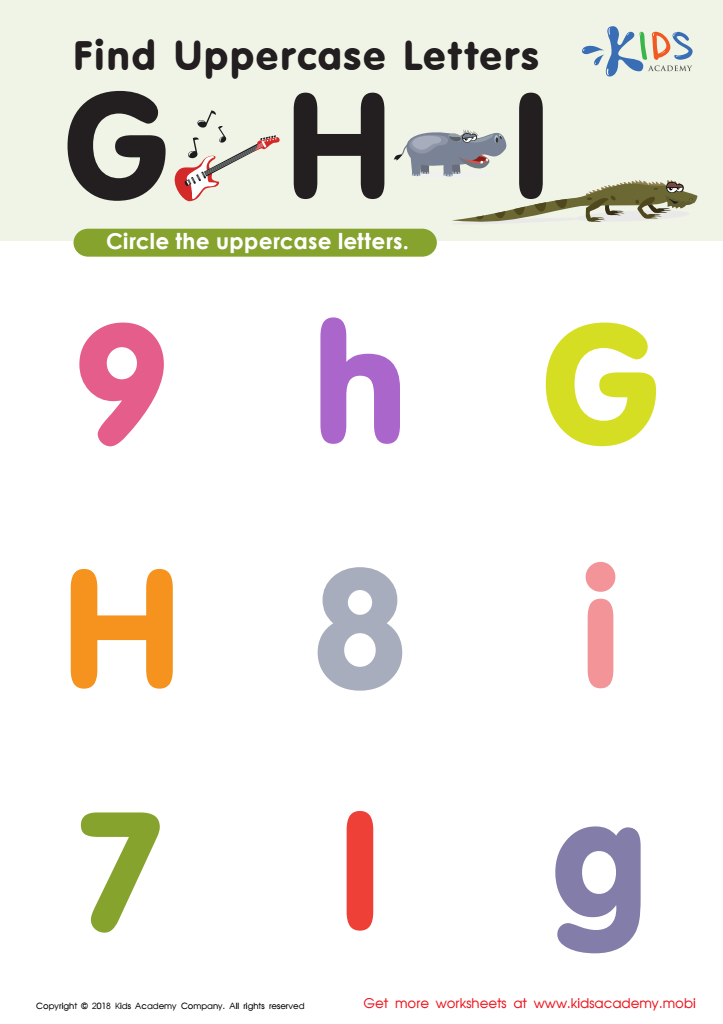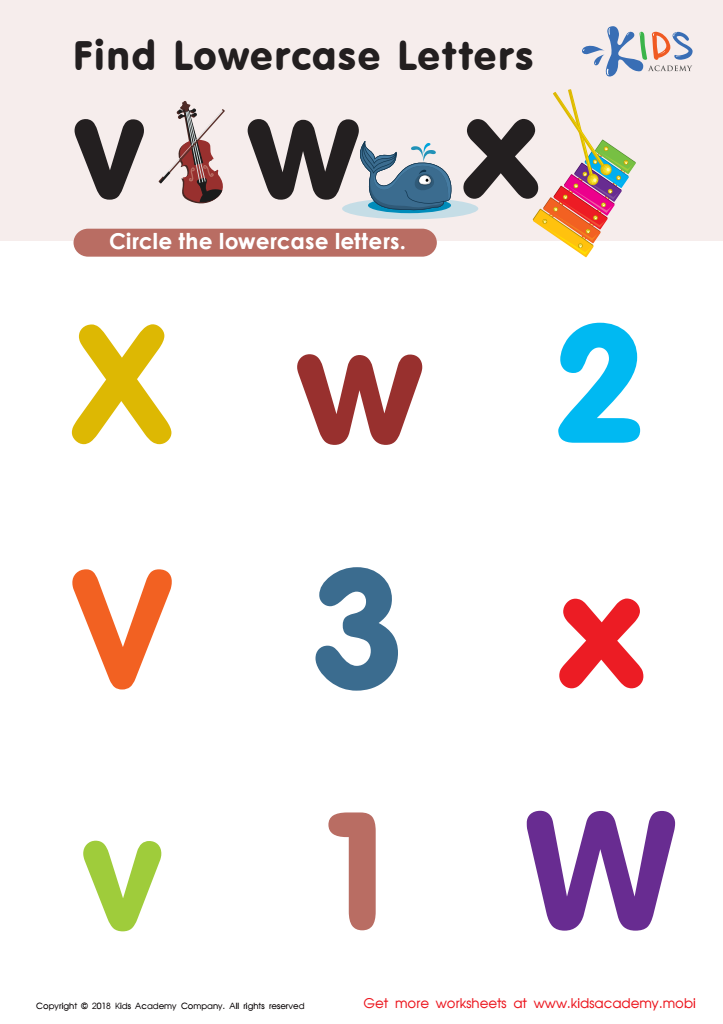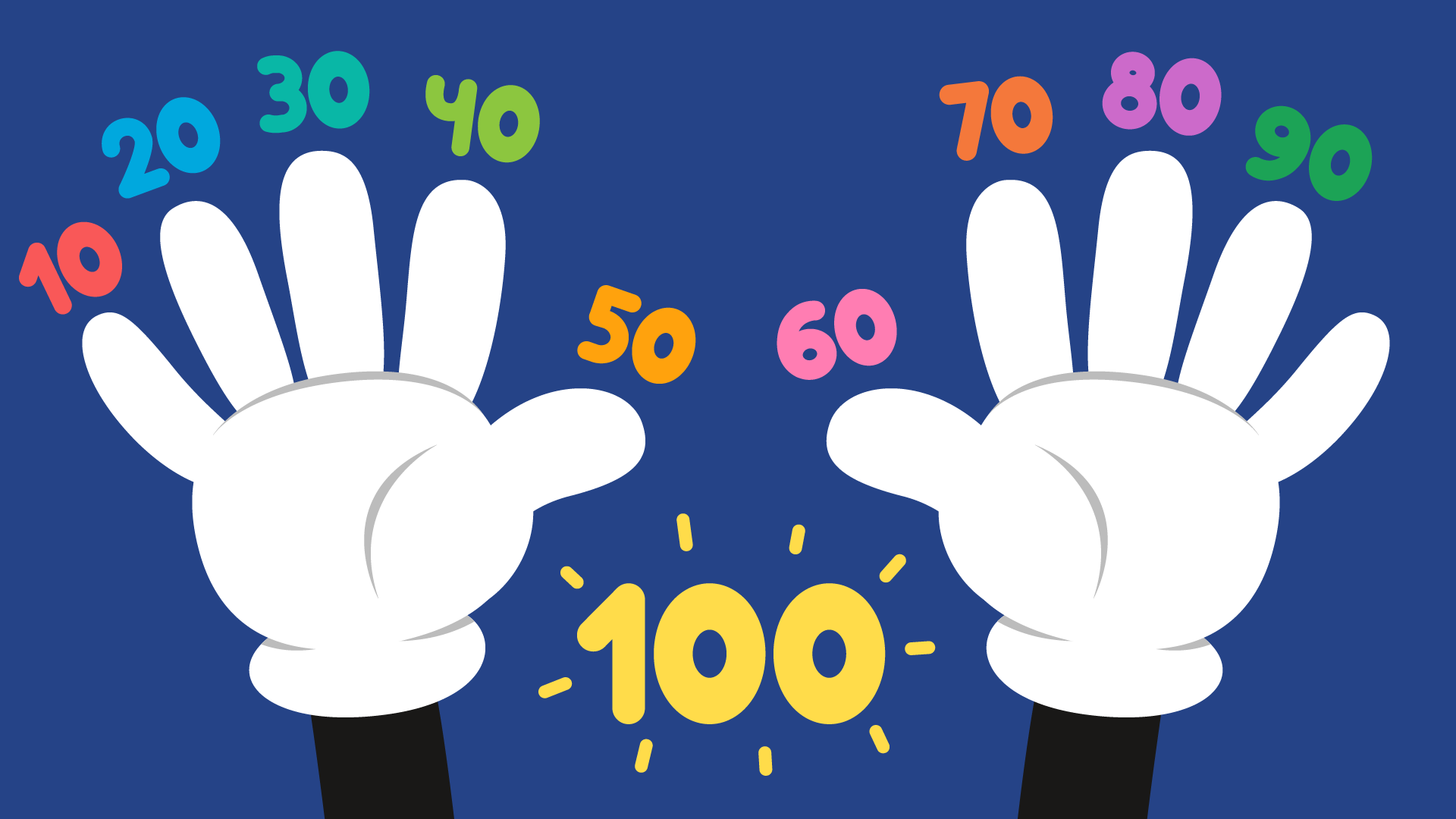Alphabet familiarity Normal Worksheets for Ages 4-9
7 filtered results
-
From - To
Boost your child's literacy skills with our Alphabet Familiarity Normal Worksheets, designed for ages 4-9! These engaging worksheets make learning the alphabet fun and effective, ensuring young learners recognize letters, sounds, and order with ease. Kids will enjoy a variety of interactive activities, including tracing, matching, and coloring, which help reinforce letter recognition and promote reading readiness. Our thoughtfully crafted materials cater to different learning styles, supporting parents and educators in guiding children through their alphabet journey. Discover the joy of learning with our comprehensive worksheets, and lay a solid foundation for your child's future success in reading and writing!


Find Uppercase Letters G, H, and I Worksheet


Find Uppercase Letters Worksheet


Find Uppercase Letters J, K, and L Worksheet


Find lowercase Letters s t u Worksheet


Find Uppercase Letters A, B, and C Worksheet


Find Lowercase Letters v w x Worksheet


Phonological Awareness: Assessment 1 Worksheet
Alphabet familiarity is crucial for children ages 4-9 as it lays the foundation for their literacy skills, which are vital for academic success and effective communication. At this stage, children are beginning to recognize letters, understand their sounds, and connect these to words. Mastery of the alphabet enhances their reading and writing abilities, enabling them to engage with classroom materials and participate in literacy activities confidently.
For parents and teachers, promoting alphabet familiarity cultivates a love for learning and encourages exploration of language. Children who are comfortable with the alphabet often demonstrate increased motivation and enthusiasm for reading and writing tasks. This familiarity also supports phonemic awareness, which is essential for early reading skills.
Beyond academics, strong letter knowledge contributes to children’s cognitive development, improving their problem-solving skills and critical thinking. Furthermore, a solid grasp of the alphabet helps children express themselves better, facilitating communication and social interaction with peers.
Ultimately, prioritizing alphabet familiarity ensures that children are well-prepared for future learning opportunities, setting them on a pathway toward lifelong literacy and academic achievement. Therefore, parents and teachers should actively support activities and resources that nurture this foundational skill.
 Assign to My Students
Assign to My Students




















